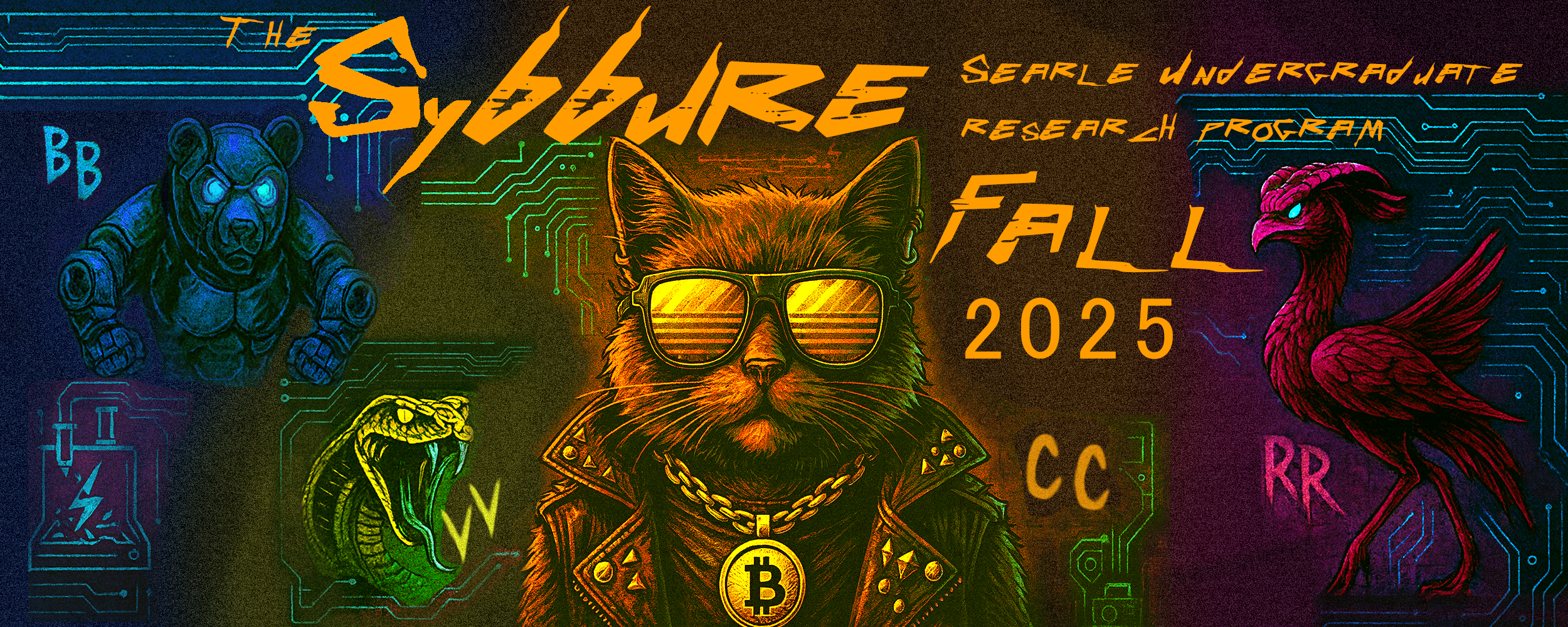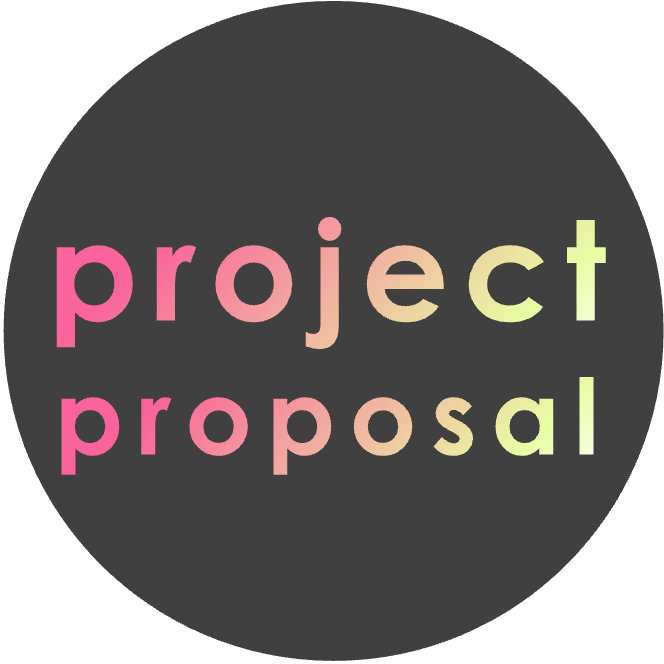
Project Proposal
In the summer, all students must submit a 2-page written project proposal, due the Tuesday of week 3 (June 10, 2025) at 12:00 pm.
In the fall and spring, all students must submit the research plan form instead of the 2-page proposal.
If you start a new project in the fall or spring, also complete the two-page Project Proposal. Due two weeks after you start a new project.
File Name:
FA25_ProjectProposal_yourfirstandlastname
SP26_ProjectProposal_yourfirstandlastname
SU26_ProjectProposal_yourfirstandlastname
Quick Links:
Upload 2-page written project proposals here (Also upload to your individual folder in Box).
Research Plan Form – Everyone fills this out in the fall and spring
What is it?
A 2-page document summarizing your research project and goals. Be sure to include a well thought out and achievable plan for the term.
Who should write one?
All SyBBURE students will write a project proposal at least once. The first time is during your first semester in SyBBURE. Each summer that you participate, you’ll write one as well (or modify one you already have) since it’s 10 weeks of full-time research and you need to have a good plan in place to make the most of the time.
What should it include?
Project Title
Authors & Affiliations
Introduction/Background
A mini-review of project-relevant literature.
Your advisor will often give you key papers for your project, but you need to familiarize yourself with the relevant literature. The introduction is your selling point for your proposal. Here, you are starting to pitch your idea based on your background research. It should end by conveying to the audience what you want to do based on what is currently missing in literature or the field. Some questions you can used to clearly outline your introduction are:
Who would this study benefit?
What is already known about the topic?
What questions still need to be addressed?
A review of past and current research in the form of the literature review must be concise. It should contain all sources of scientific or clinical evidence on the proposed topic of interest. This section must be structured strategically to provide a strong argument for the relevance of your proposed research while conveying the originality of your work.
Each paragraph should summarize specific previous works with major findings relating to the proposed topic. Each paragraph should build on the previous one leading into your hypothesis. Such as:
Paragraph 1: Summary of broader problem/topic
Paragraph 2: Summary of a more focused topic/problem that your research directly stems from
Paragraph 3: What are the pros and cons of current solutions
Hypothesis
The question you are trying to solve and the expected outcome. If you aren’t sure how to write a hypothesis properly, look it up on google. It’s the most important part of your proposal. You are pitching your idea based on what is currently lacking in your field of interest. It should convey to the audience what you want to do and why the study is important and significant to your field of interest. Some questions you can used to clearly state the significance are:
What answers still need to be addressed?
What is your proposed solution/hypothesis?
How will the completion of this research add to current knowledge and/or practice (i.e. novelty)?
Specific Aims
The master plan for your research project(s) that starts at your question and ends at the expected outcome. This is a broad but clear description of what the project aims to achieve. Each ‘aim’ is a clear hypothesis to be tested. Within each aim, is a set of objectives or tasks outlining the parameters or tools that will be used to test the aim. Typically, there are three aims per proposal, and two to three objectives/tasks per aim.
Experimental Design and Methods Plan
How you will achieve your current specific aim(s).The goal of the research design and methods is to clearly provide detailed description of the overall design and method of analysis that will be used to answer the research problem. In this section the methodology, analysis and validation are discussed and should be appropriate for answering each aim leading up to answering the overall project goal. This should also include the biggest hurdles in your project and how you will get past them.
Questions to be answered in this section
How will be data be collected?
How will the data be analyzed?
Any current methods well-known in literature to validate data?
Any foreseeable problems and potential alternative solutions?
Timeline and individual contributions
List experiments/steps you need to take, what they entail, and when you plan to do them. Include any training needed to accomplish them. You can use a table or Gantt chart to layout your project’s timeline, listing all tasks in one column and an approximate time to completion in adjacent columns. Make sure to specify your own specific contributions if you are working with others on the project (eg, if you and your grad student will be running experiments together, what aspects are you responsible for?)
Conclusion
A summary of the work you intend to do. Elaborate on the potential impact of your research to advance scientific knowledge and understanding and potential impact on society.
References
Put references in a reference list at the end. Aim for 3-5 references.
Use reference management software such as EndNote Web or Zotero (both free).
Format
11-point font
Arial or Times New Roman
0.5″ margin on all sides
Single spaced
References, footnotes, and figure captions no less than 10 point font
No more than 2 pages, including references, citations, charts, etc.

